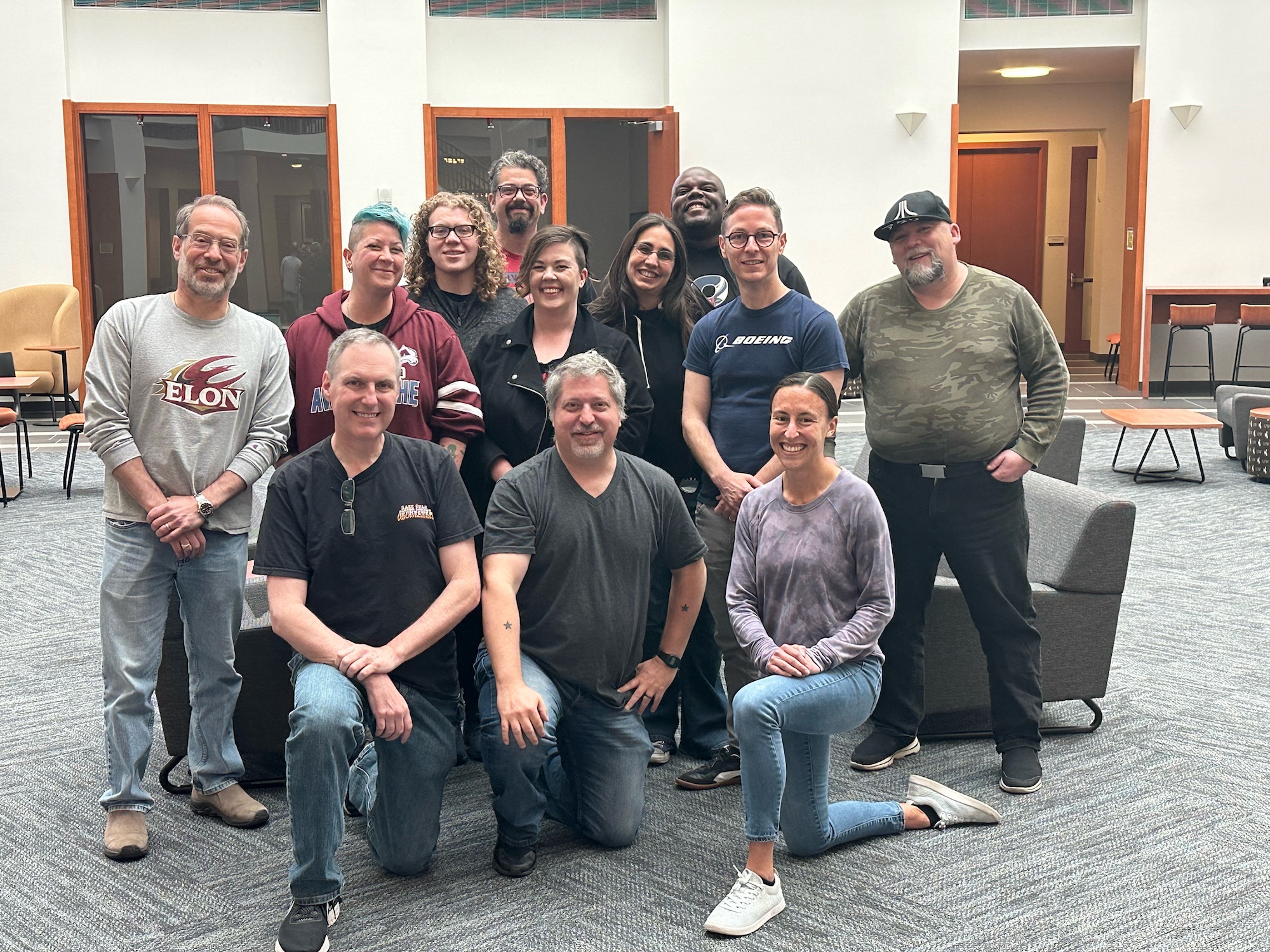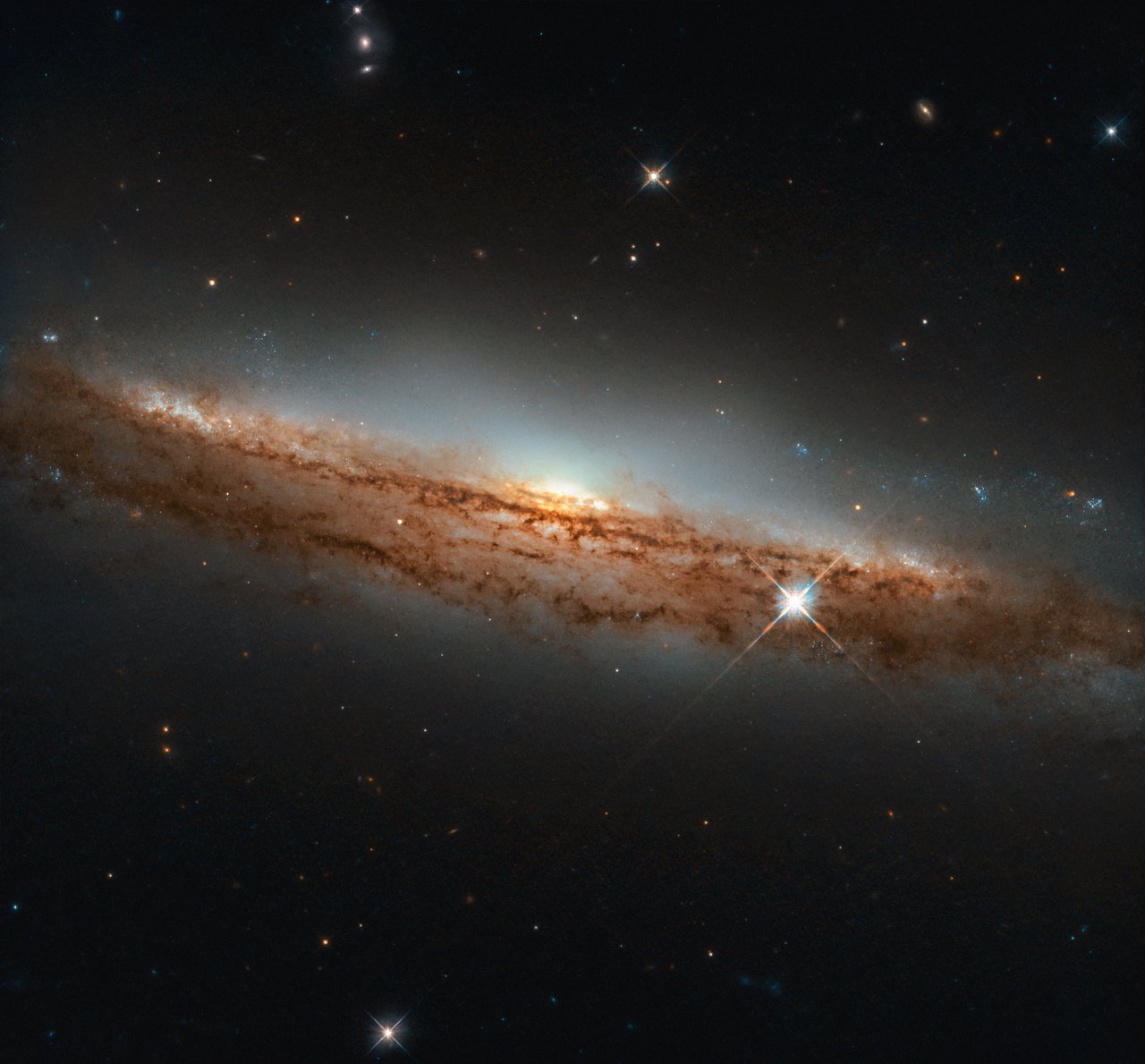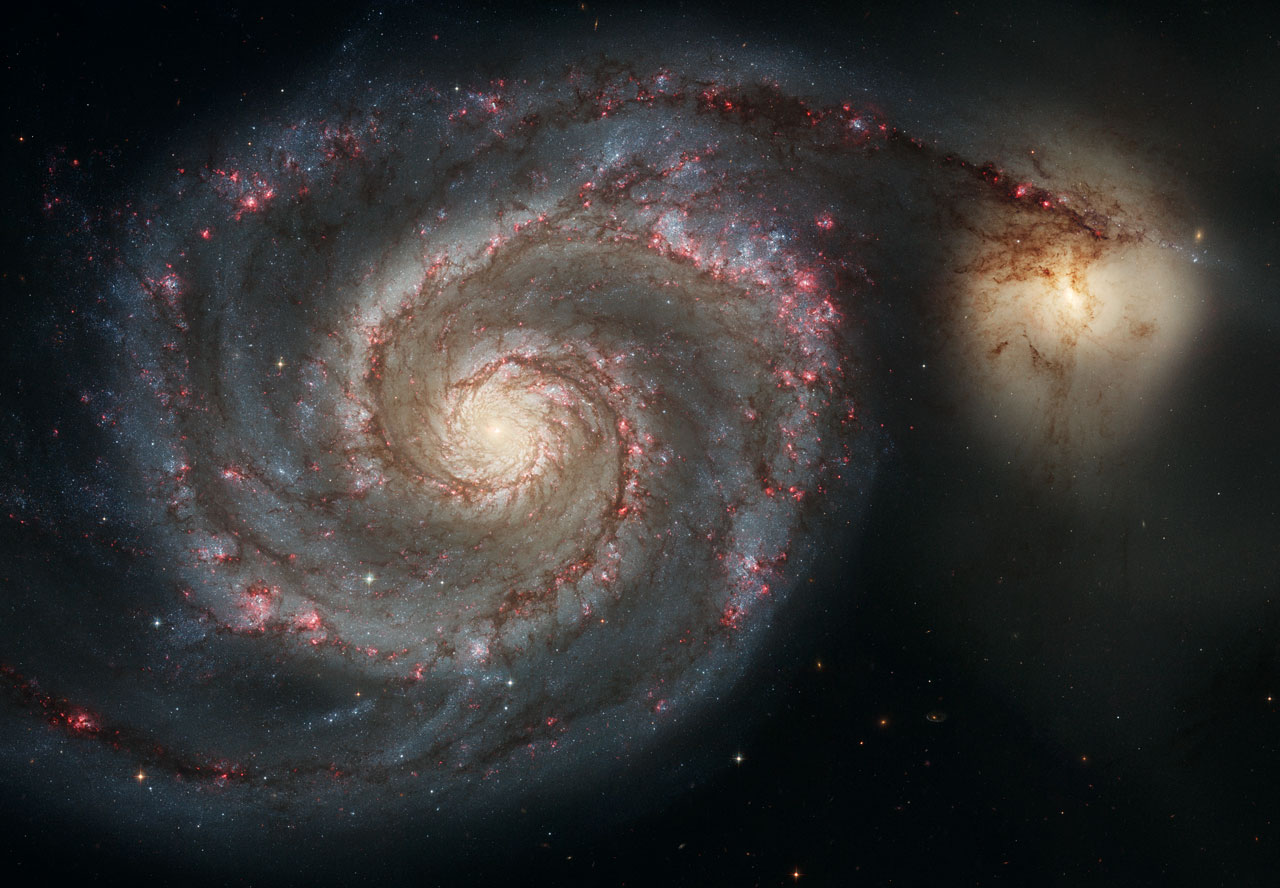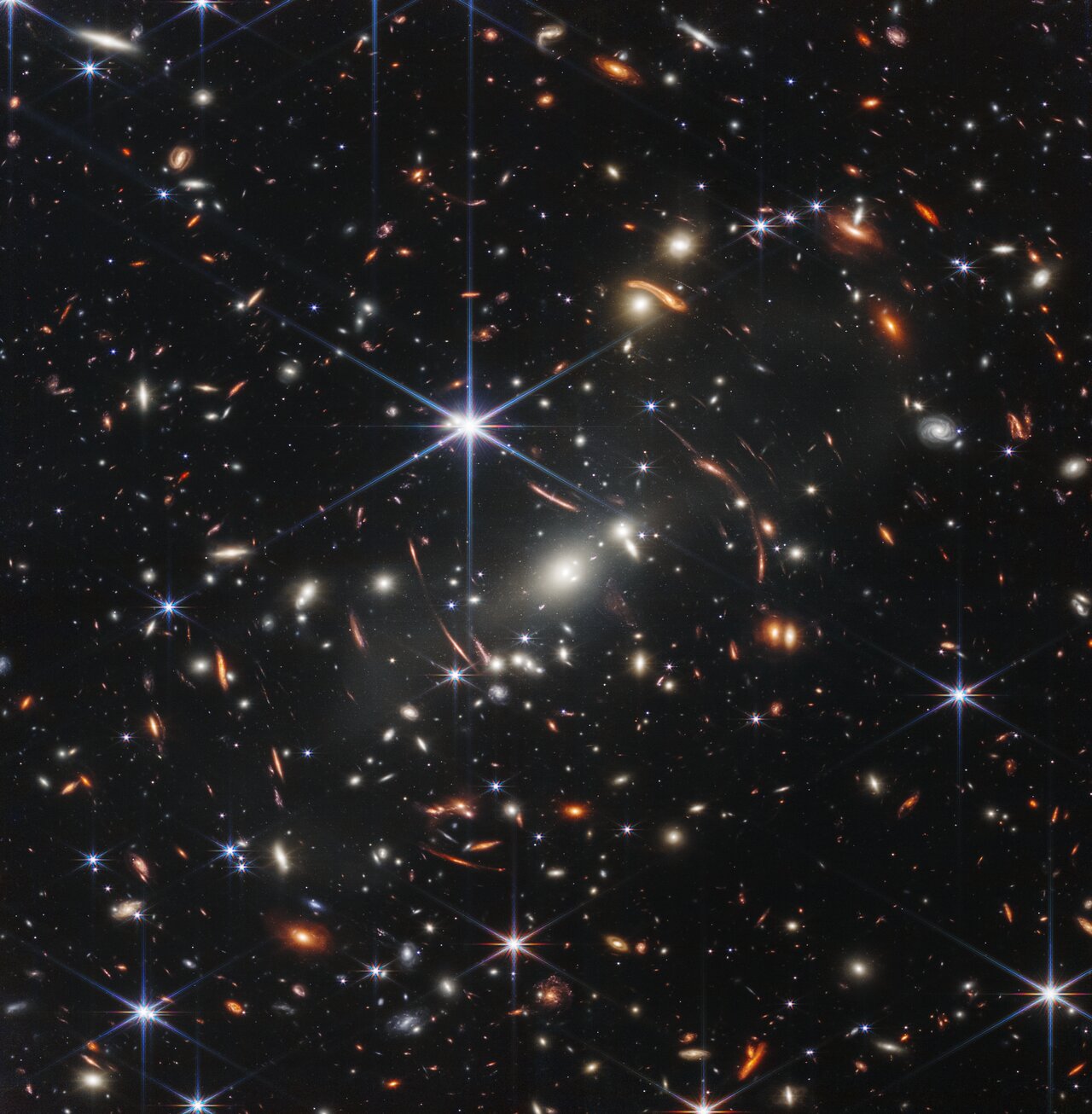I spent last week at the University of Wyoming in Laramie, attending the Launch Pad Astronomy Workshop. Launch Pad is the brainchild of Mike Brotherton, a science fiction writer who also happens to be a professor of Astronomy at U of W, and Jim Verley, also a professor at Wyoming. They started the workshop back in 2007, basically because they had grown tired of reading bad space science in SF novels and of seeing bad space science in SF movies. The idea of the workshop is to bring together small groups of writers and literary industry professionals and give them a crash course in astrophysics. Along the way, Mike and his current fellow instructors — Christian Ready, an astronomer at Towson University who has worked on the Hubble and James Webb Space Telescope projects, and Theodora Zastrocky, one of Mike’s graduate students — hope to correct longstanding misconceptions about how space “works,” and impart to the workshop attendees some of their passion for all things astronomical.
 I applied for the workshop back in March, and was fortunate to be accepted along with a group of eight other writers, all of them intelligent, inquisitive, totally engaged, and eager to learn. It was an amazing week, filled with fascinating lectures, wide-ranging discussions, and very cool demonstrations. We learned a ton, laughed even more, and benefitted from the awesome knowledge and enthusiasm of our three teachers. The weather in Wyoming was a bit uncooperative, denying us the opportunity to spend an evening looking through telescopes, but otherwise the week was all we could have hoped for.
I applied for the workshop back in March, and was fortunate to be accepted along with a group of eight other writers, all of them intelligent, inquisitive, totally engaged, and eager to learn. It was an amazing week, filled with fascinating lectures, wide-ranging discussions, and very cool demonstrations. We learned a ton, laughed even more, and benefitted from the awesome knowledge and enthusiasm of our three teachers. The weather in Wyoming was a bit uncooperative, denying us the opportunity to spend an evening looking through telescopes, but otherwise the week was all we could have hoped for.
This is a Monday Musings post, of course, and so part of my purpose in writing about the workshop is to share with you some of what I’m considering as I make my way home from Wyoming. And honestly, I’m not certain where to start.
I suppose I should begin where the week’s curriculum began, because it really is fundamental to everything else: Space is really big.
Yeah, that’s obvious. At least I thought it was when Mike said it at the start of his first lecture. I was kind of cavalier about it, actually. “I know that. Everyone knows that. They sure are starting off with basics . . . .” Except, of course, I had no idea. None. The idea that space is big is both completely obvious and utterly incomprehensible. It is big on a scale that defies logic and understanding. And despite all the cool space photos and well-explained charts Mike and Christian and Theodora shared with us, I didn’t really get it until Day 4 of the workshop.
We were talking about galaxies at that point, defining different types and discussing how they form and interact with one another. And whoever was lecturing that day — I believe it was Theodora — put up on the screen yet another stunning image from the Hubble Space Telescope. It’s an image of a spiral galaxy viewed “edge-on,” so that the galaxy appears relatively flat except for the bright bulge at the center. Theodora explained that while the spiral arms of the galaxy are home to relatively new stars, like our sun, older stars are clustered in that bright center.
And suddenly, the scale of space hit me.

You can see the image here. That central bright spot is a tiny part of the galaxy. And it is filled with stars, none of them all that close to one another. In fact, the closest star to our own sun is 4.25 light years away. That’s 25,300,000,000,000 miles. Each star in the pictured galaxy is, quite likely, the center of its own solar system. And every one of those solar systems is probably comparable in scale to our own.
Here is a face-on image of another spiral galaxy to give a sense of the structure.

Okay, now look at this third photo.

This is an image from the James Webb Space Telescope of a tiny — and I mean TINY — portion of the sky. Look at all those galaxies, each one of them comparable to the ones in the previous images, each of them containing tens of billions, or even hundreds of billions of stars.
By now, you’re probably thinking, “Okay, David, we get. Space is big. So what?” Fair enough.
We look at the Grand Canyon and we marvel at how vast it is. We glimpse the Rockies, or the Cascades, or, if we’re truly fortunate, Kilimanjaro or the Himalayas, and we are awed by their majesty. We wonder (rightfully so) at the achievements to-date of NASA — journeys to the Moon, to Mars, to Jupiter, to the Kuiper Belt. Yet all of these things are minute. Our world is less than a speck. Our lives are less than flashes of light in the scope of spacetime that is our universe.
But our insignificance in the face of the hugeness of the universe is a cliché, and is sort of beside the point.
Everything that we are, every element and molecule in our world, in our lives, in our bodies, comes from the formation of the universe. It was all there in that first mysterious occurrence of creation known as the Big Bang. It has shaped us, as individuals, as societies and cultures, as a species. I’m not a religious person, but there is something miraculous in this. When I look at the vast scope of all that surrounds us in space, and I contemplate our infinitesimal world, I cannot help but be struck by the fragility of this world. We think of it as so very large. “The whole world.” It’s a phrase we use and hear from earliest childhood. In reality, that whole world is so very, very small.
That we exist at all is remarkable. We should be doing all we can — again, as individuals, as societies and cultures, as a species — to protect that miracle. Are there other worlds out there with life, with civilizations? Maybe. Probably. But we don’t know. And maybe we would be better served to assume there aren’t, that we’re alone.
We are, as a species, well on our way to blowing this, to fucking up our world beyond hope of repair or recovery. Hubris has very nearly destroyed us. The sort of hubris that ignores how enormous is the universe in which we live, and how insignificant a place in it our world holds.
Look at those photos again. Look at how gorgeous our universe is, our galaxy is. Look at a photo of the Grand Canyon. That’s pretty gorgeous, too, small though it might be. Beauty runs like a plot thread through the entirety of existence, from the dandelion growing in the green of our lawn to the spectacular galaxies that glow as far as science’s eye can see.
We owe it to ourselves and to those we love to spend our every breath making sure all that beauty is there for our children, and their children, and all the generations to come. The universe cares nothing for us. We are as dust to it. We are the ones who must save ourselves.
So, take a moment tonight to stare up into the stars, to appreciate the beauty of all you can see, and all you know is there but can’t spot with the naked eye. The universe is a wondrous place. But it won’t wait for us indefinitely.








